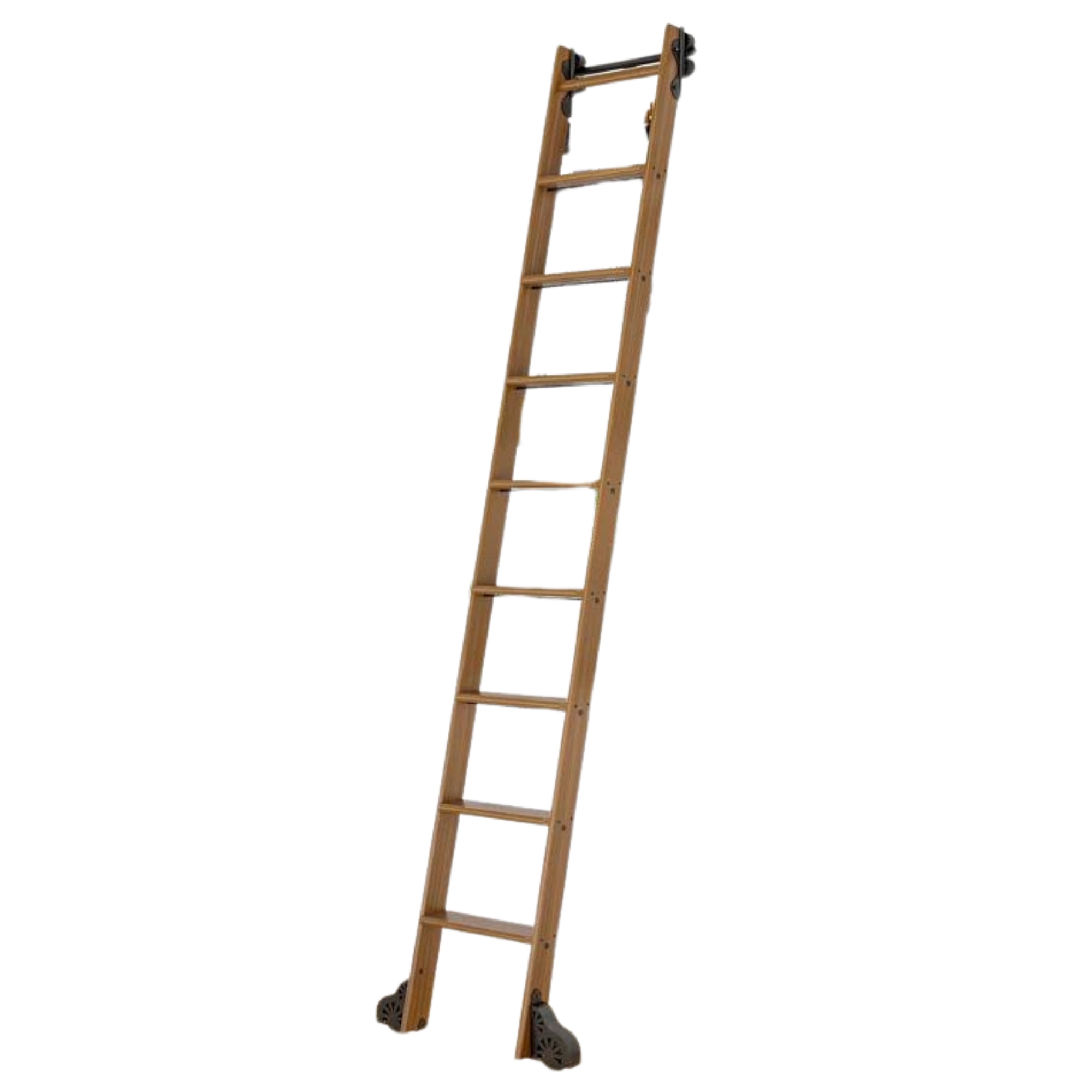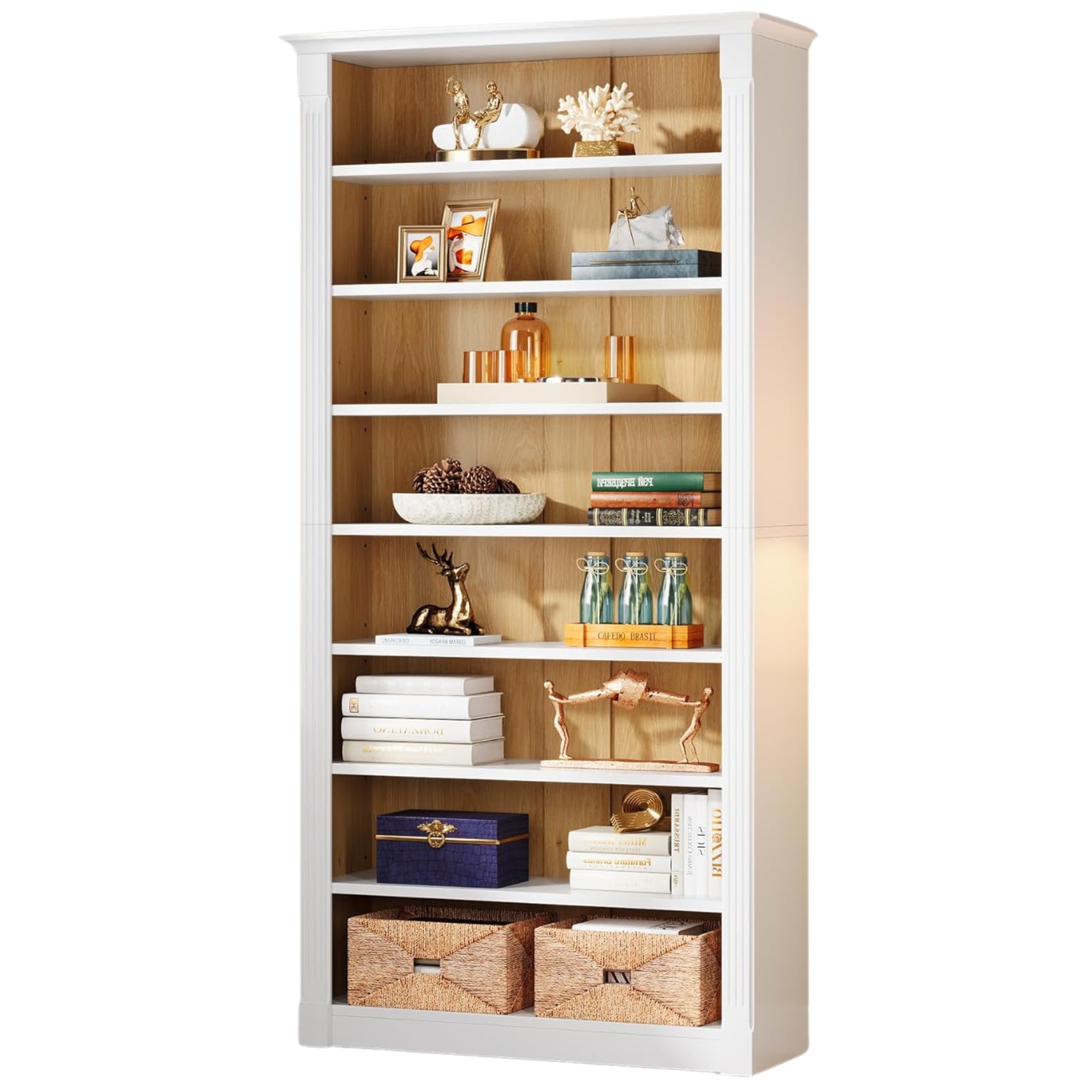5 ways bookworms can organize their bookshelves without throwing away a single one
Love your books and don't want to declutter? Here's what to do instead to keep your bookshelves tidy

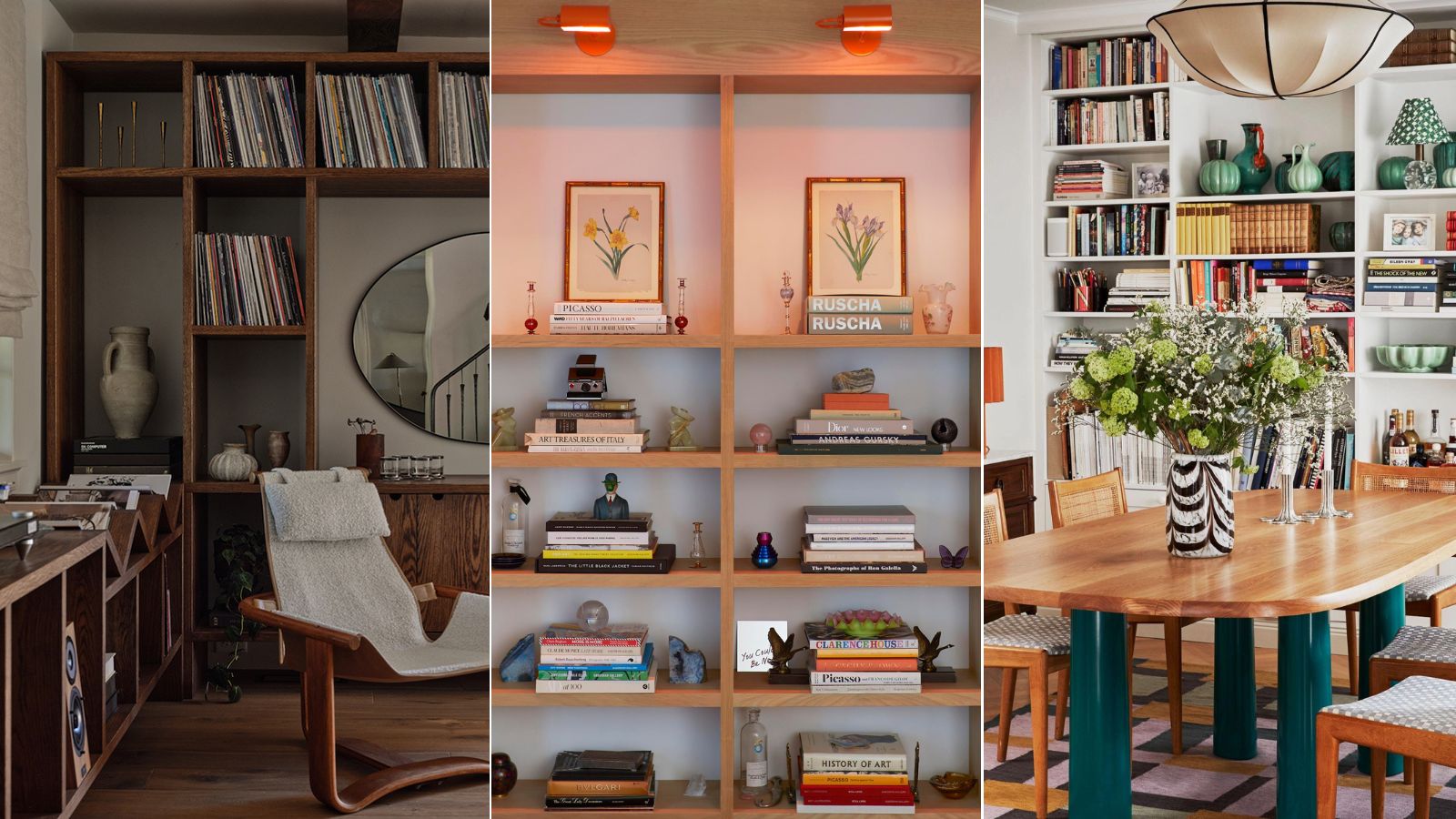
If you've ever read book-organizing advice, much of it centers around dwindling down your collection to 'only the books you need.' What if you need or love all of your books and don't want to get rid of any, but crave order in this important space?
Let this guide serve as both vindication and a guide for committed book lovers than you can keep your books and get organized. You're not doing decluttering wrong if you can't part with your books, which is why our experts reveal how to make the most of your book storage areas instead.
Organizing a bookshelf does not necessarily have to involve paring down your beloved library. Instead, these five expert-backed ideas will help you get organized without throwing away your well-thumbed reads.
5 great ways to organize your books
1. Go wall-to-wall if you can
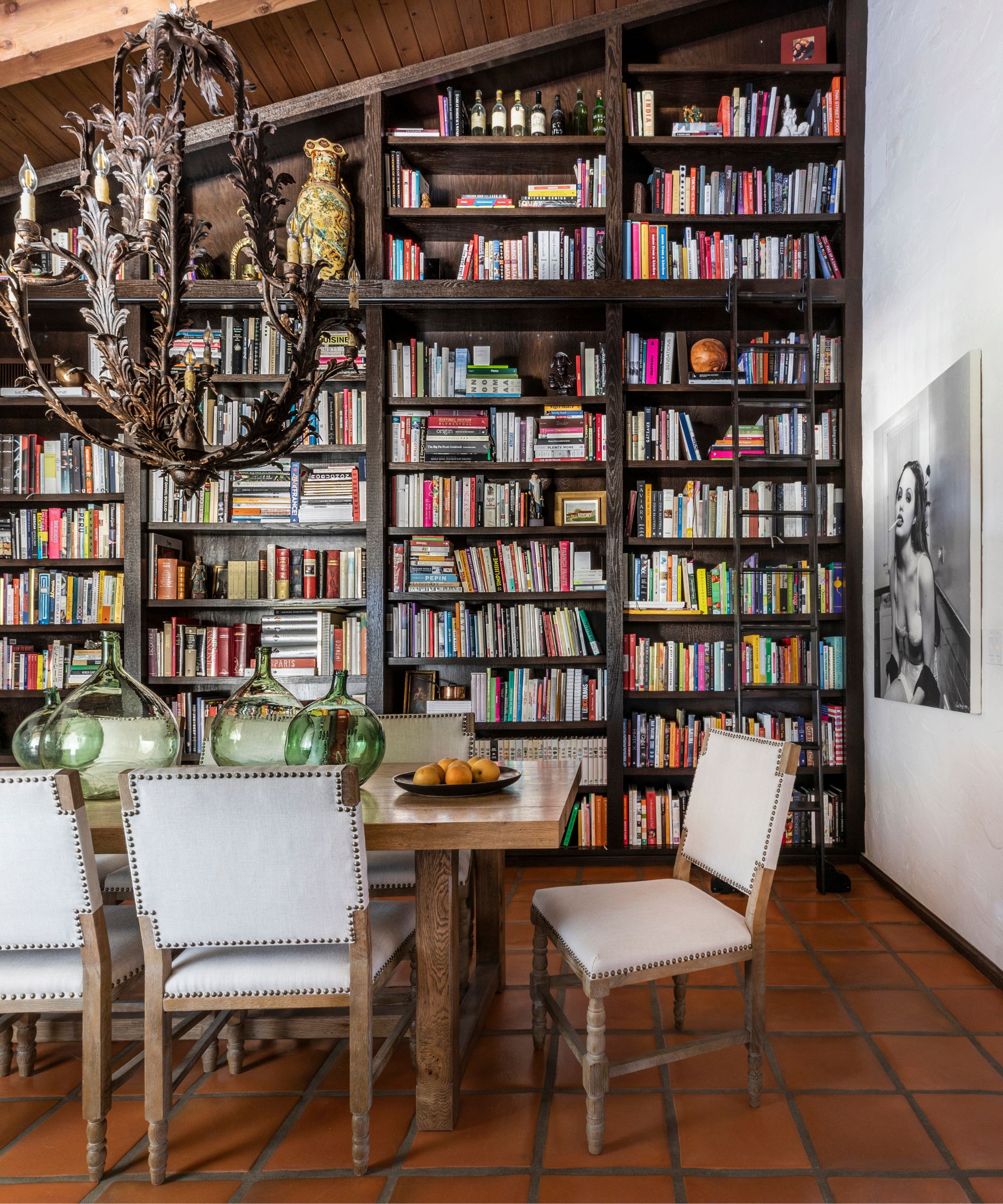
A wall of books can create a remarkably classy, elegant look, especially if your decorating style is more traditional. And if you are an avid reader and like to know where your books are, there is just nothing quite like being able to locate a book almost instantly when they are all on display and arranged alphabetically.
Granted, this approach works best if most of your books are roughly the same size. It looks truly amazing if you own an entire home library of hardbacks: they endure better and make a much nicer design statement.
Of course, most people own a mixture of hardbacks and paperbacks. If some of your paperbacks are very old and fragile, your best bet so to encase each paperback in a plastic sleeve before putting iron an open bookshelf. We like the BCW book bags sold on Amazonas they are archival quality and prevent further ageing of your book.
Wall-to-wall bookshelves present you with many opportunities for playing with bookshelf design. You can add elegant bookshelf lights and a ladder to make books even easier to access.
Design expertise in your inbox – from inspiring decorating ideas and beautiful celebrity homes to practical gardening advice and shopping round-ups.
2. Layer books with the help of deep bookcases
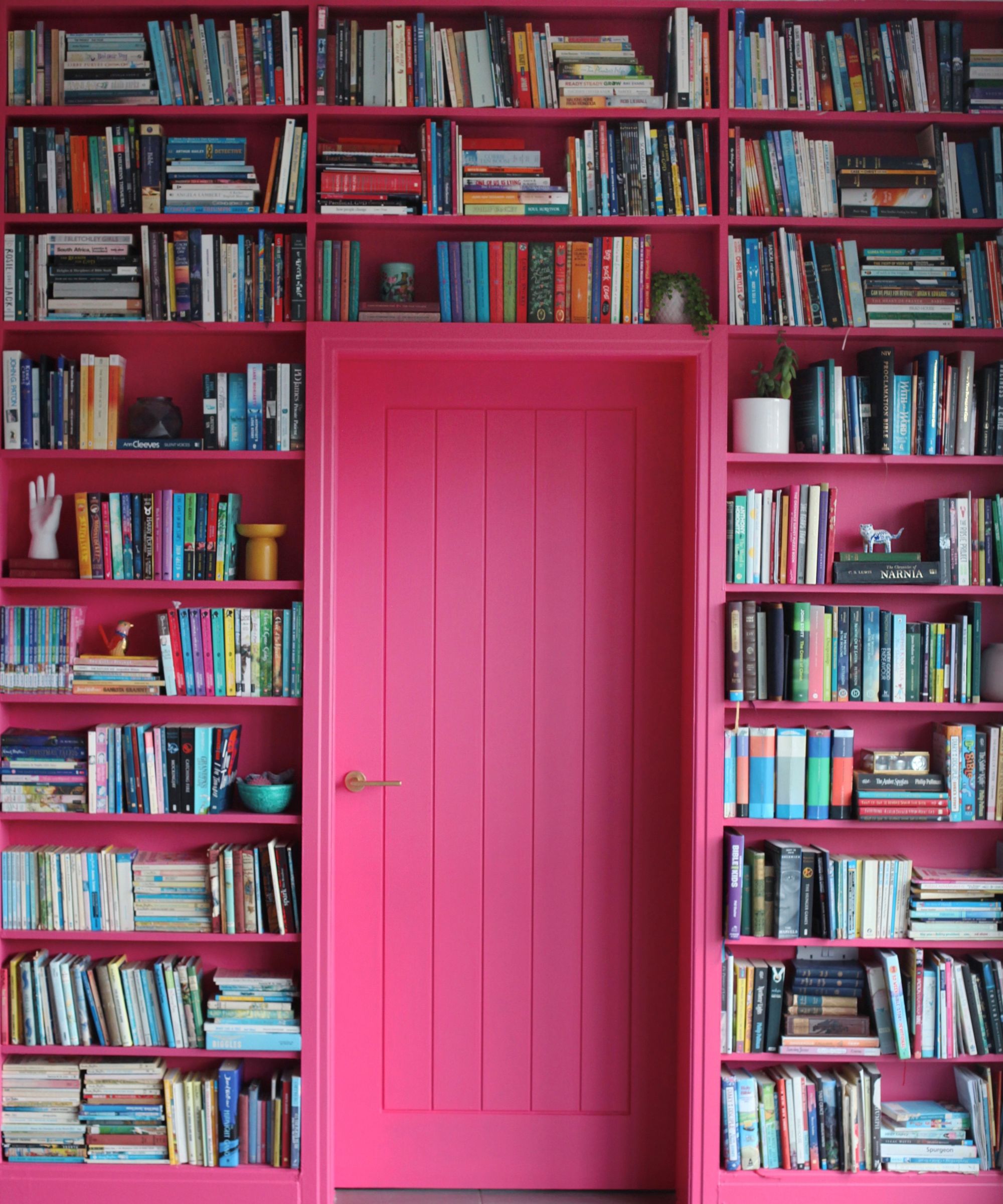
If wall-to-wall is just not an option, you may need to reconsider your book storage, namely your bookcases. If you feel like you have no more space and are dreading needing to throw away books, the solution may be as simple as replacing your existing bookcases with deeper ones. Then, you’ll be able to double-row your books: or even triple-row them, in case of extra-deep bookcases.
Most books are between five and six inches. So, what you’re looking for is a bookcase that’s around 12’’ deep – the deeper, the better. There are many such bookcases on the market, from very affordable to high-end ones. The extra inches will not detract from your living space, but they can help solve the problem of ‘too many books’.
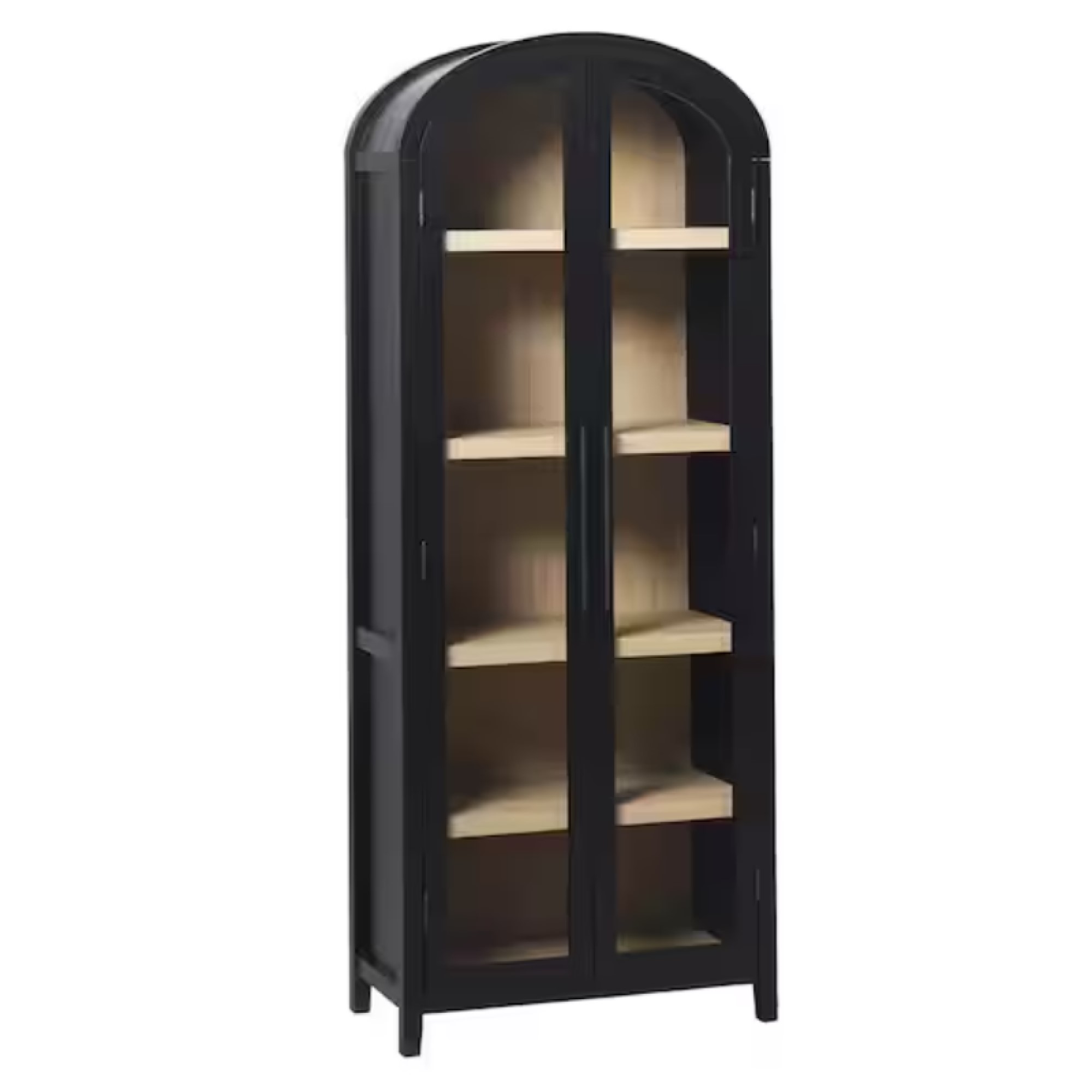
This very elegant bookcase is a dream for book lovers who are also style-conscious. It stands an impressive 76 inches tall and is a very useful 15 inches deep, which means you can easily fit two, possibly even three rows of books on those shelves. And there's plenty of room for tasteful knick-knacks on the top arched shelf!
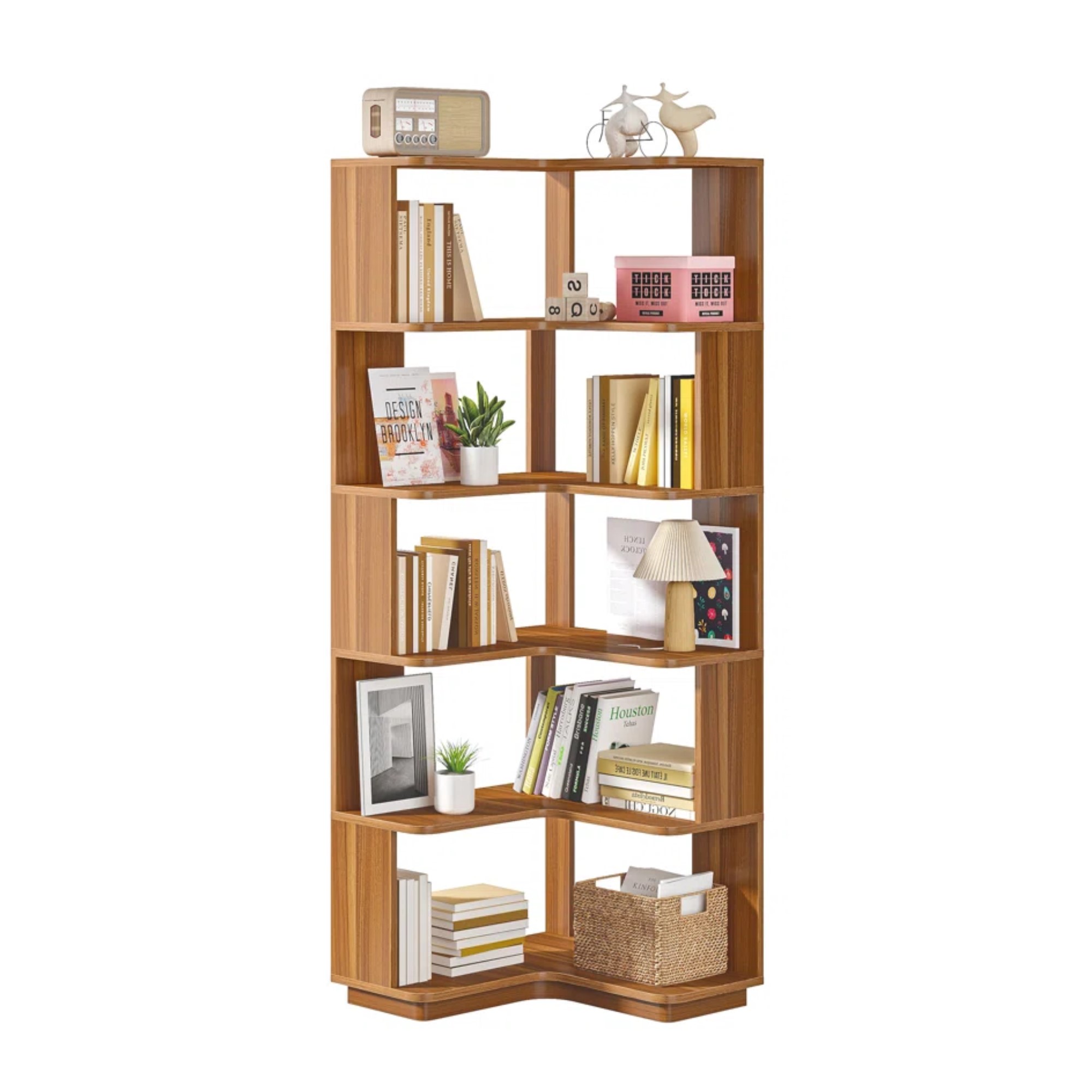
This clever bookcase design will meet the demands of even the most prolific book collectors. It's 23.62 inches deep, which makes it perfect for multiple rows of books or oversized books you have nowhere else to store. And because it's a corner design, you don't need to worry about it impacting the footprint of your living room too much.

This shelving unit will delight both book lovers and those with a soft spot for mid-century design. It's part of West Elm's ever-popular Mid-Century range and what makes it truly perfect is that you can buy these modular shelves individually, or as a set of three, which will give you serious shelving space to play with as it suits you.
3. Invest in bookcases with adjustable shelves

As any enthusiastic reader will know, although most books are around six inches by nine in size, there are many other sizes. From pocket books, to coffee table illustrated books, textbooks and anthologies, children’s books and more, many come in non-standard sizes.
It's these non-standard-sized books are what present people with the biggest issues when organizing their shelves. They don’t fit, so what do you do with them? Throw them away?
You really don’t have to. And you don't have to resort to unconventional book storage ideas. All you need is a bookcase with varying or adjustable shelf heights. That way you can group together books of different sizes, which allows you to use all the usable space inside a bookshelf.
4. Utilize vertical space

Even smaller rooms have many more opoprtunities for storing books elegantly than first meets the eye. The key to organizing a small home library is making the most of vertical space. Organizing expert Diana Rene swears by using vertical space to store more books, ‘If you have any way to extend your bookshelves up the wall further, you automatically have more space and can space them out a bit more.’
This is a great option for people who don’t like the ‘solid wall of books’ look and are a little bit more design-conscious. With tall shelves, ‘you can even add a few decorative items to break up the books, while still not needing to get rid of them’, explains Diana.

Diana Rene is a decluttering and organizing expert who has helped 11,000+ busy mom’s in 33 countries declutter and simplify their homes, giving them more time and energy to spend with their families.
Diana has two kids, is the host of The Decluttered Mom Podcast and has been featured in Today.com, Real Simple, Southern Living, as well as on TV and various podcasts. She also shares her expertise with her 365K+ audience on Instagram.
5. Create a rotation system for children’s books
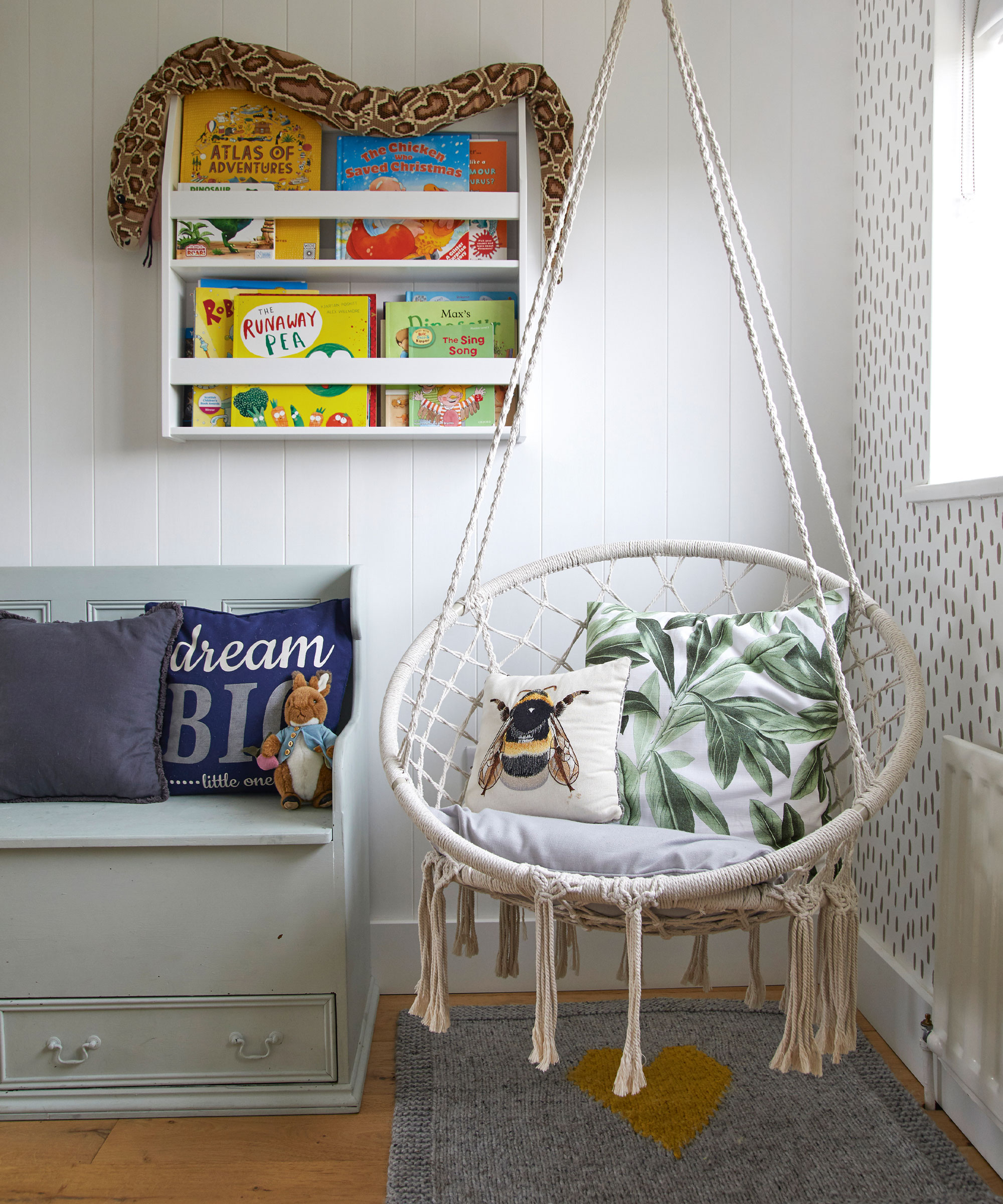
If you have small kids, you’re in a whole other reality with books. They’ll be lying around everywhere, and there just isn’t a way to make a toddler put books back neatly on a bookshelf.
Diana offers an ingenious solution to this common problem with children’s books and it doesn’t involve throwing any away (well, unless your toddler has ripped one up). First, ‘Group the books into categories of 6-12, pop them into a large ziploc bag, and then put the bags into a bin in storage. (basement, garage etc.)’
From then onward, ‘Once a week, rotate one bag out and one bag back in. Put the bag you just put back in to the back of the bin, and grab from the front for the new week's books.’
This simple system ‘keeps the books "fresh" in kids minds, kind of similar to checking them out from a library, and it majorly limits how many are being managed out on the bookshelf’, explains Diana.
Organizing a bookshelf as a booklover: my experience
Yours truly has finally achieved harmonious, well-organized bookshelves through many years of trial and error. Back in the day, there was no advice as such for people with a lot of books to organize them. The reality was that most avid readers (and writers, who tend to own many books) just had books piling up in the most random places in their homes. People with larger homes had the luxury of being able to decorate with books by building wall-to-wall bookshelves, which somewhat solved the problem.
Then came the era of Internet advice on ‘organizing’ books, and – you’ve probably guessed it – none of it felt relevant to me because a lot of it catered to people who are able and willing to throw away a lot of their books after reading them once. This just wasn’t me: no amount of Kon Mari advice can make me part with my tomes. However, I did also want to have a living room that looked reasonably neat and that wasn’t a trip hazard for my guests.
The only method that has worked for me has been the layering of books inside deeper freestanding bookcases. Many vintage bookcases provide a lot of good depth to accommodate two-three rows of books placed behind each other.
You don't have to throw away your beloved books to achieve elegant-looking bookshelves. Experiment with extra depth, extra height, or a clever rotation technique, and you can achieve tidy shelves while keeping every beloved literary companion.
Next, lean into decluttering tips and the various methods available to ease your other organizational problems.

Anna is a professional writer and academic. She taught English Literature for several years before joining Future where she wrote for Real Homes, Homes & Gardens and Livingetc for four years. She is a regular contributor for Parade Home, BiggerPockets, and many other publications. In her spare time, Anna enjoys hiking and gardening.
